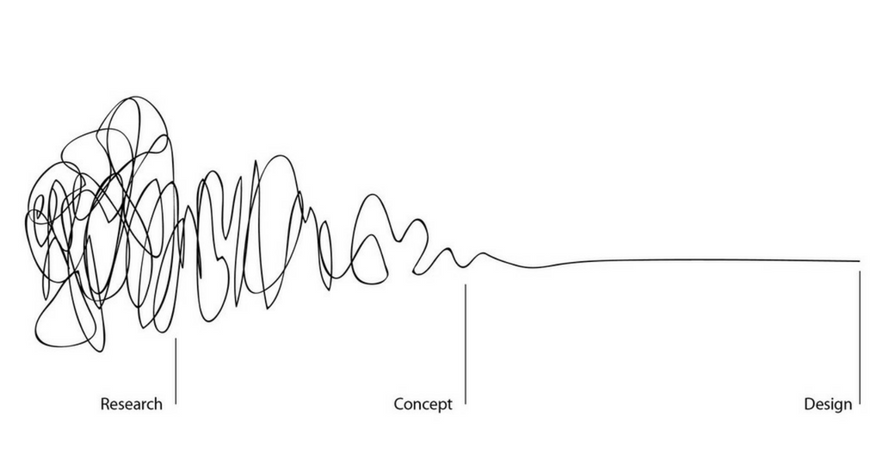What do we mean by this? Organizational changes often do not get off the ground or they do not achieve the desired goals. We like to manage complex changes.
But is this really possible?

Linear approach
Research shows that companies make the initial phase of projects – where the degree of complexity and chaos are high – as short as possible. Manage uncertainties. Mitigate risks. Quickly steering towards implementation. If the target group has already spoken once, this is often a one-off; much too little! This project-based approach often leads to an incorrect problem-solution fit. As a result, the result is ultimately not adopted by the user.
Embrace complexity
It is precisely this first phase – the “Search phase” described by Steve Blank – that is vital to the success of a project. A phase in which you have to look for complexity instead of managing uncertainties. In which you set an ambition that gives direction. You involve the target group in the process. Want to know the perspectives of all stakeholders. Tools used to map (latent) needs with, for example, context mapping or photo diaries. Assumptions made will be tested. Co-create solutions together. And experiment with the result within the target group. This way you make different iterations until the right market fit or organizational fit has been found. The more the target group is involved in the process, the greater the chance that the target group will use the result.
This is how a design process works and how an itterative process works and is distinguished from a project-based approach. Setting a goal or an ambition at the start of a project is directional. Not to be judged, but to have direction. And if you dare to make a goal ‘bold’ enough, it already brings movement.
The first ideas are often the straightest line to this goal. Only when we let go of this line, when we go beyond rational reality, when we put visions on the table together and are open to what could be done, then there will be creation with joint solutions.
You will come across aspects that you could not have imagined in advance. Frameworks are formed along the process. For example, due to wishes from the stakeholders, rules from legislation or needs from users.
And, to what extent can an organization still be made?
Do you need help with your change & transformation challenges?
SPRING TODAY provides the Change & Transformation experts who speak the language of the organization and understand the challenges and complexity of the context. They connect, create movement and set a route to “the organization of tomorrow!’’
